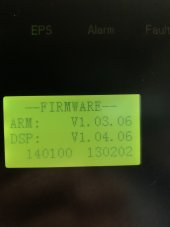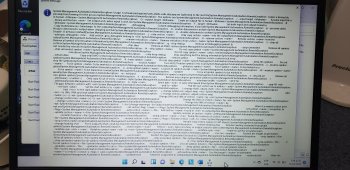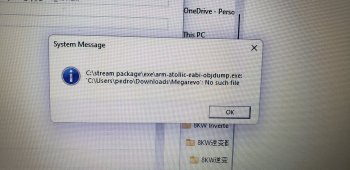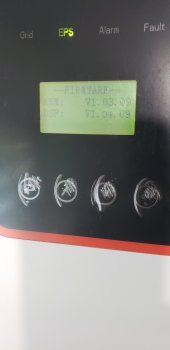Cheap 4-life
My body is 2.63 trillion volts, .07v per cell
So all the homes loads would have to be moved to the critical/subpanel for the inverter to cover them? SolArk/deye for example supply power directly to the main panel by using the inverters AC input instead as an output when the inverters operates as a grid tie inverter. This allows the inverter to supply all of the homes loads in the main panel. This allows for only a few critical loads to be moved to a subpanel to be powered offgrid, which is great because most people rarely have power outages and would be fine only have a few loads powered during the short duration outages..It sounds like the inverter does not output to them since they are in the main panel and not the EPS or critical loads panel.
the loads in the critical panel can still be powered by the grid tie inverter output and or the grid simultaneously via the connection from the main panel to the critical panel
Last edited:










